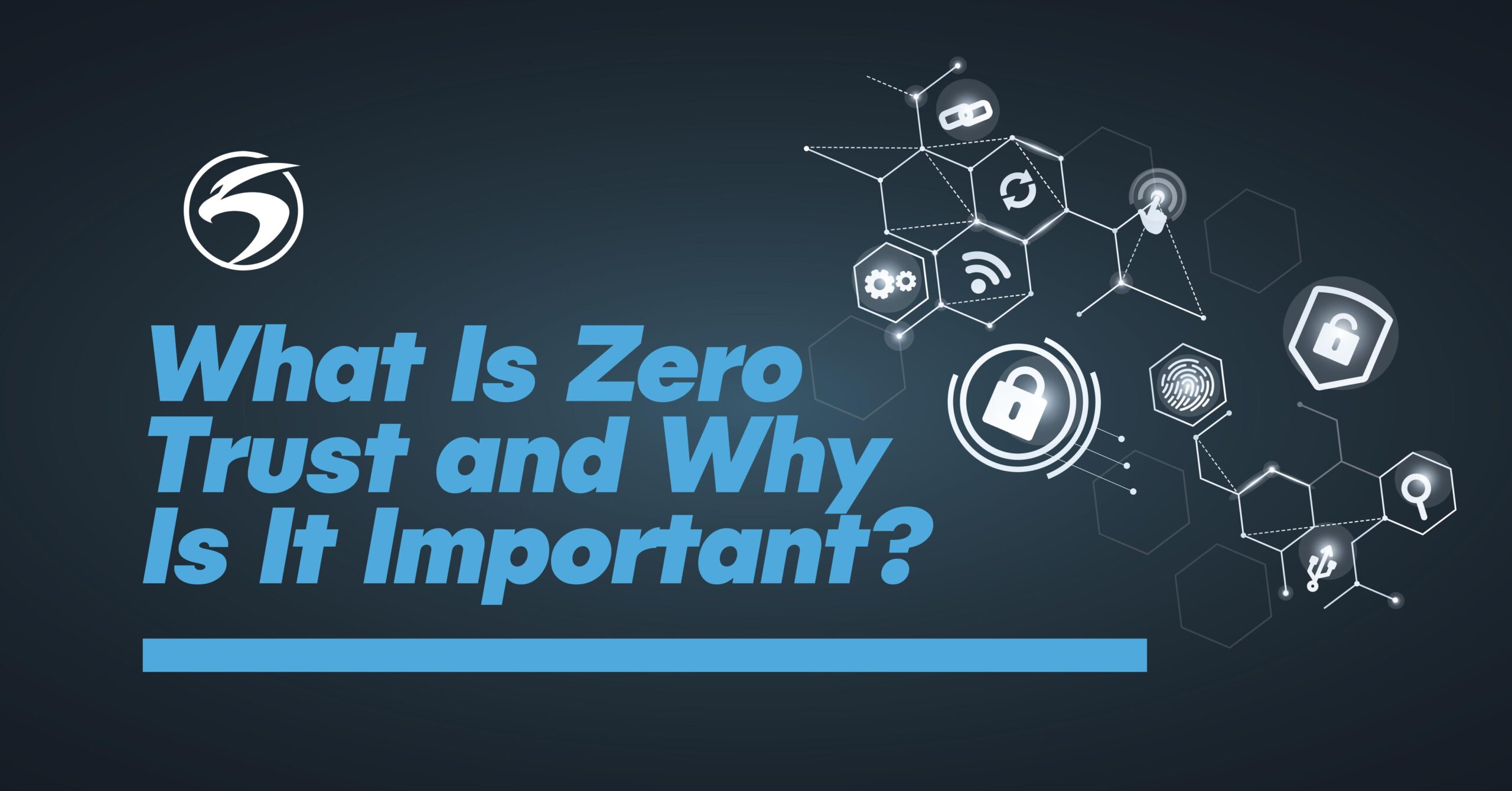Zero Trust is a cybersecurity model based on “never trust, always verify,” ensuring every user and device is continuously authenticated and authorized before accessing resources . In this article, we explain what is zero trust architecture, its core zero trust principles, benefits of zero trust security, where the zero trust model originated, and how zero trust works in practice.
Where Did the Zero Trust Model Originate?
Firstly, Forrester analyst John Kindervag introduced the formal Zero Trust Model in 2010, arguing that “trust is a vulnerability” and advocating “never trust, always verify”. Secondly, Stephen Marsh’s 1994 thesis laid the conceptual groundwork by defining computational trust, influencing modern Zero Trust frameworks.
What Is Zero Trust Architecture?
Zero Trust Architecture (ZTA) specifies how to redesign networks and applications according to Zero Trust principles. It includes mutual authentication, micro‑segmentation, and ensuring every access request goes through policy enforcement.
Core Zero Trust Principles
-
Never Trust, Always Verify: Authenticate every request, even from inside the network.
-
Least‑Privilege Access: Grant users and devices only the permissions they need.
-
Continuous Monitoring & Validation: Log and analyze all activities to detect anomalies in real time.
Benefits of Zero Trust Security
Moreover, Zero Trust delivers clear advantages:
| Benefit | Description |
|---|---|
| Reduced Attack Surface | Micro‑segmentation limits lateral movement within networks |
| Stronger Breach Resistance | Continuous checks help detect threats faster |
| Enhanced Data Protection | Encryption and policy controls secure data at every layer |
| Clear Audit Trails | Comprehensive logging supports compliance and forensics |
How Zero Trust Works
Below is a concise, active‑voice breakdown of how zero trust works:
| Step | Action |
|---|---|
| Identity Verification | Require multi‑factor authentication (MFA) for all users and devices |
| Device Validation | Check device health and compliance posture before granting access |
| Policy Enforcement | Apply contextual, attribute‑based policies to each session |
| Continuous Monitoring | Monitor and log all activity, then analyze for anomalies |
Implementation Considerations
Furthermore, successful Zero Trust adoption requires:
-
Strategic Planning: Map out assets and create a phased rollout plan.
-
Technology Integration: Deploy identity providers, micro‑segmentation tools, and SIEM/XDR solutions.
-
Cultural Shift: Train staff on new workflows and enforce security‑first mindsets.
Strivehawk is your trusted partner in digital transformation, with a strong focus on cybersecurity.
We help businesses stay secure, resilient, and ready for what’s next, while also connecting the dots across design, strategy, and deployment. Your growth starts with safety, and we’re here to make it happen.
Contact us here. Let’s build something that works and wows.


